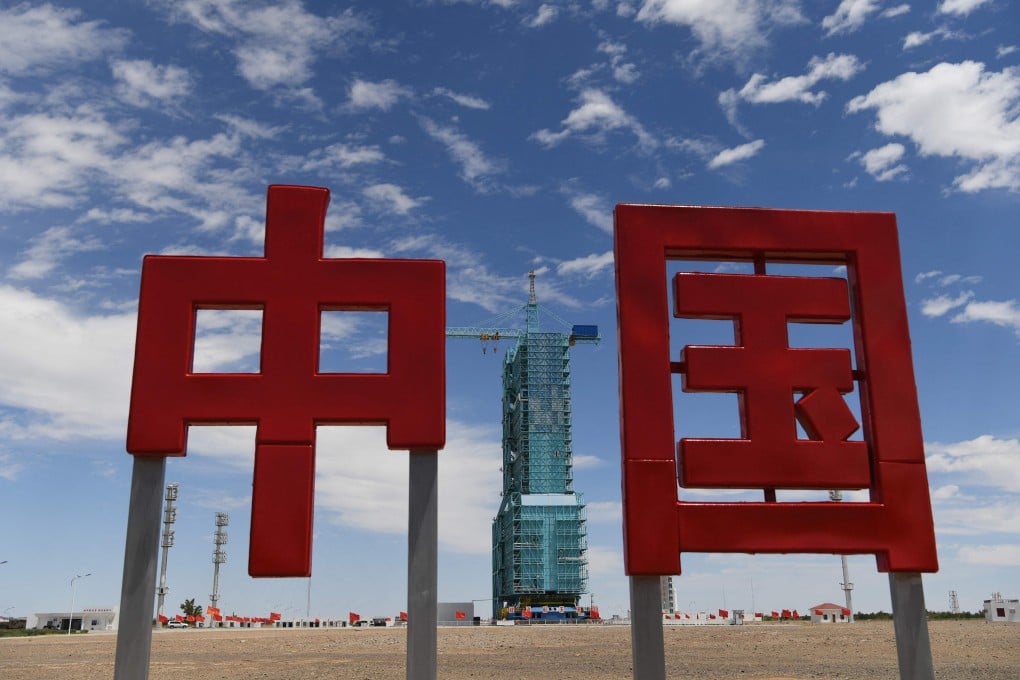Advertisement
China delays launch of next mission to Tiangong space station
- A source at the launch centre says there are no technical issues, but putting back Shenzhou 13’s lift-off time will ensure the preparations are spot on
- The crew will spend six months at the space station and will be given supplies to ensure they hold the first Lunar New Year celebration in space
Reading Time:3 minutes
Why you can trust SCMP

China will postpone the launch of its next mission to the Tiangong space station until later this month.
Two sources familiar with China’s manned space programme said the launch date of Shenzhou 13 spacecraft, initially scheduled for Sunday, had now been pushed back to a “later date in October”.
One of the sources, based at the Jiuquan satellite launch centre, said the delay would allow the ground crew and astronauts to make better preparations for the mission and was based on feedback from the Shenzhou 12 crew, who spent 90 days on board the space station.
“The change of launch time is not related to any technical issues. A bit more time will allow us to make things better for the crew’s six-month stay,” the source said. “There is no rush as this is the last launch this year. We want to perfect it.”
Advertisement
Another Beijing-based source said mid-October was the most likely launch time.
The latest mission – which unlike Shenzhou 12’s all-male team, will include at least one woman – will spend six months in orbit and will continue the work of building the space station.
Advertisement
The Jiuquan source said advanced preparations were being made to ensure that the crew can live on board for such a long time and the Tianzhou 3 cargo ship had recently carried six tonnes of supplies, ranging from fuel and food and even skin care products, to the station.
Advertisement
Select Voice
Choose your listening speed
Get through articles 2x faster
1.25x
250 WPM
Slow
Average
Fast
1.25x